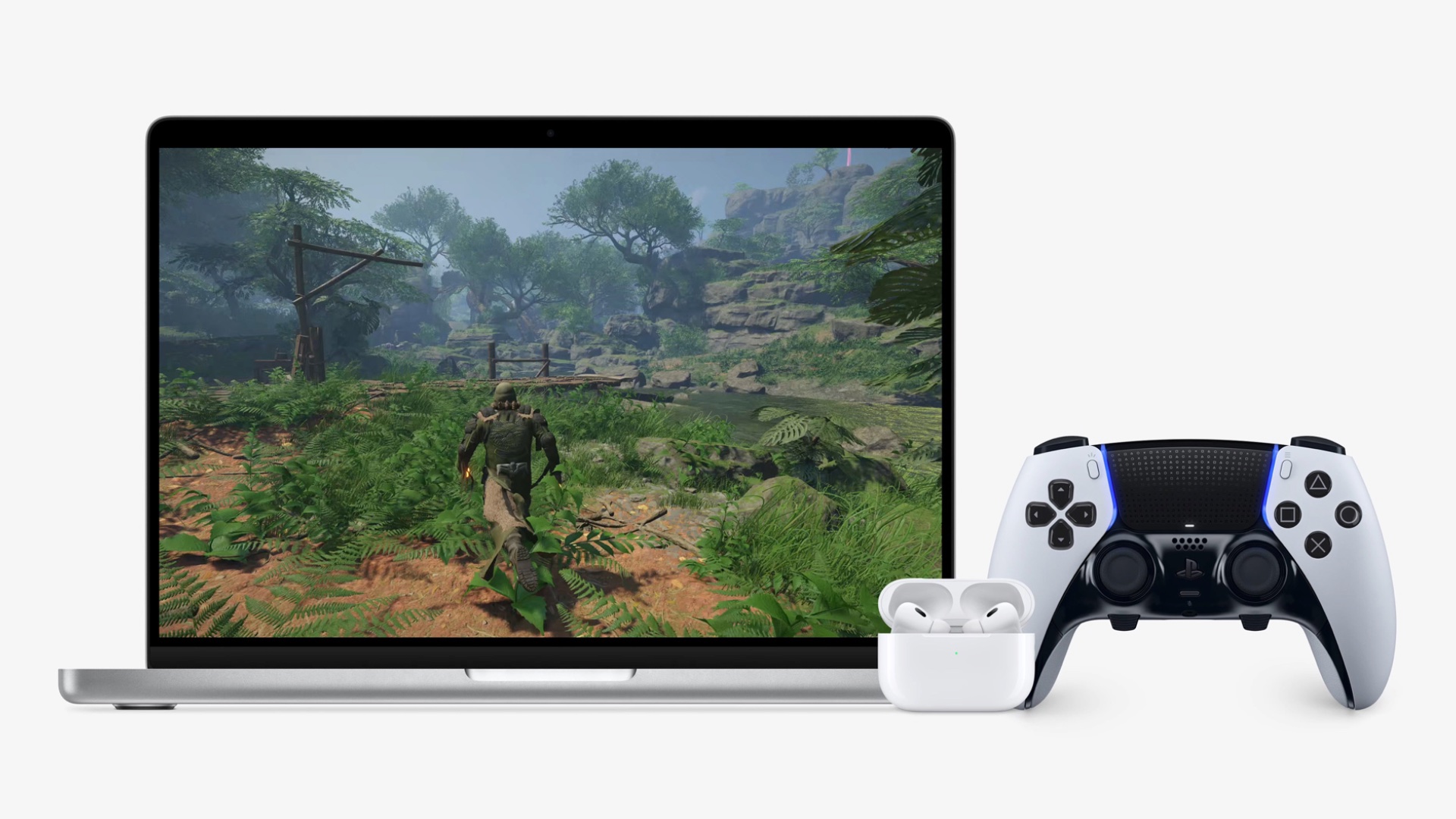New Asahi Linux Mac GPU drivers just did something even Apple couldn't manage
Performance ahoy!

Fans of using Linux on their Mac just got a major boost, especially if they also like to play their games that way as well.
Asahi is already available for the best Macs, those running Apple silicon, so it should perhaps not be all that surprising that the team behind that particular flavor of Linux is also the first to produce a new GPU driver that also happens to be the first conformant Apple silicon driver.
That's right, even Apple didn't manage to do it.
Open GL ES 3.1 supported
The news was shared via a blog post by Alyssa Rosenzweig, a developer working on the Asahi graphics driver. In that post, we learn that the new driver is the world’s only conformant OpenGL ES 3.1 implementation for use with M1 and M2-powered Macs. It'll presumably work just as well with the upcoming M3 Macs as well.
Getting this far wasn't an easy ride, though. Being the first isn't always easy, and it takes time.
"To become conformant, an 'implementation' must pass the official conformance test suite, designed to verify every feature in the specification," the developer explains. "The test results are submitted to Khronos, the standards body. After a 30-day review period, if no issues are found, the implementation becomes conformant. The Khronos website lists all conformant implementations, including our drivers for the M1, M1 Pro/Max/Ultra, M2, and M2 Pro/Max."
Notably, that work might be why even Apple didn't bother. "Unlike ours, the manufacturer’s M1 drivers are unfortunately not conformant for any standard graphics API, whether Vulkan or OpenGL or OpenGL ES," Rosenzweig adds. In fact, that means that unless you're using Linux and this driver, "there is no guarantee that applications using the standards will work on your M1/M2."
Sign up for breaking news, reviews, opinion, top tech deals, and more.
That's quite astounding when you think about it, especially when you consider what this new driver means for those running Linux on their Mac. In short, it's all making games run faster thanks to support for compute shaders that are generally used to accelerate computations within graphics-heavy apps. "For example, a 3D game could run its physics simulations in a compute shader. The simulation results can then be used for rendering, eliminating stalls that would otherwise be required to synchronize the GPU with a CPU physics simulation," the developer explains.
As for getting hold of the driver, it's available now. Those with Asahi Linux already installed can update now.
You might also like

Oliver Haslam has written about Apple and the wider technology business for more than a decade with bylines on How-To Geek, PC Mag, iDownloadBlog, and many more. He has also been published in print for Macworld, including cover stories. Having grown up using PCs and spending far too much money on graphics card and flashy RAM, Oliver switched to the Mac with a G5 iMac and hasn't looked back.